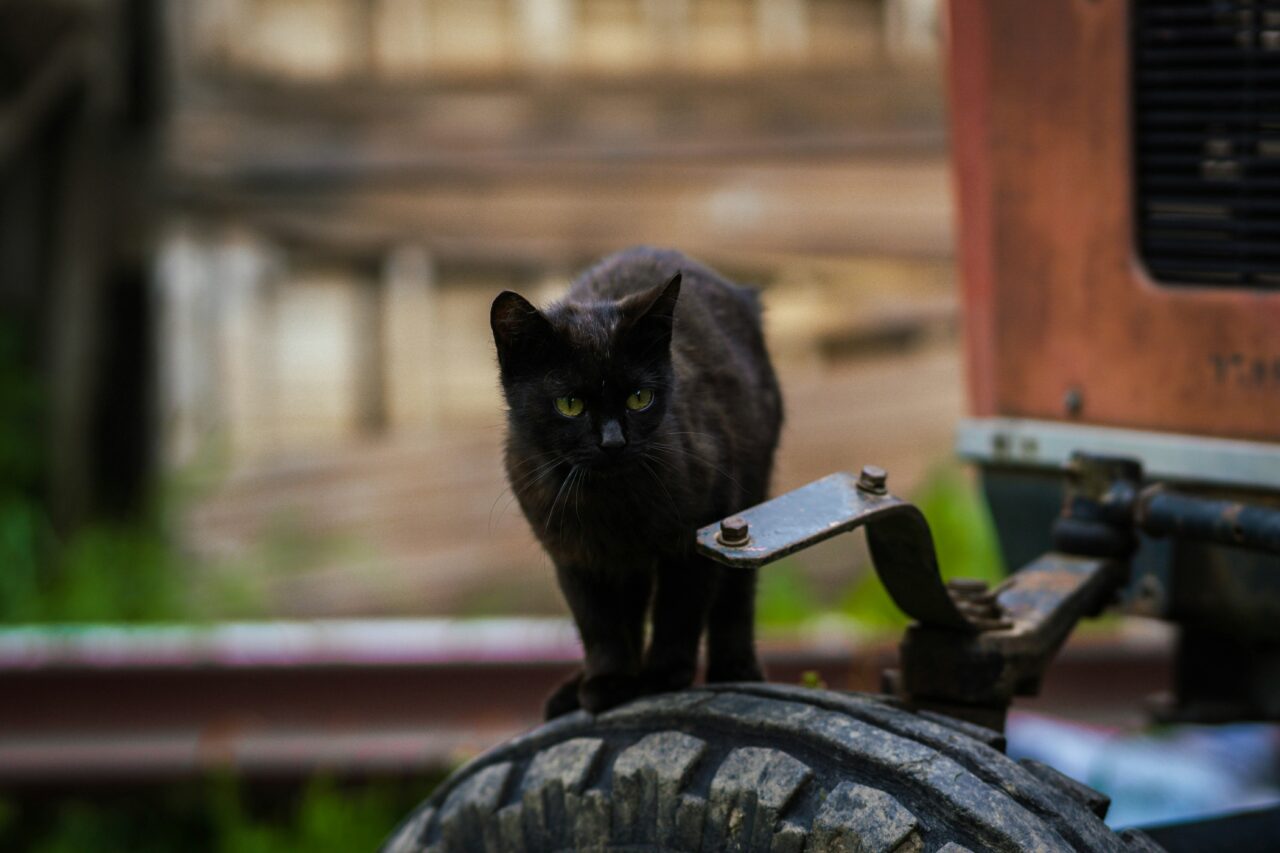Cats are fascinating creatures with unique ways of communicating ownership over spaces, objects, and even people. Territorial marking is a natural feline behavior that helps them feel secure, establish dominance, and navigate their surroundings. From scent marking to visual cues, cats employ multiple methods to define their territory and signal their presence.
1. Scent Glands Magic

One of the most common ways cats mark their territory is through scent glands located on their face, paws, and tail. These glands release pheromones—invisible chemical signals that cats use to communicate.
When your cat rubs its face against furniture, walls, or even you, it’s spreading its scent to claim ownership. This behavior, known as bunting, leaves a comforting, familiar marker in their environment. Scent-marking through glands also reassures the cat of safety, reducing stress and territorial insecurity.
2. The Art of Spraying

While often misunderstood, spraying is a significant territorial behavior among cats, particularly unneutered males. Spraying involves releasing a small amount of urine on vertical surfaces like walls, doors, or furniture. Unlike typical urination, spraying delivers a strong olfactory signal to other cats, asserting ownership or warning rivals.
It can also indicate stress, anxiety, or changes in the environment, such as new pets or people. Spaying or neutering cats can significantly reduce this behavior, making it less common in domestic settings.
3. Scratching Matters

Scratching serves a dual purpose: it sharpens a cat’s claws while also marking territory. Cats have scent glands between their paw pads, so scratching leaves both a visible mark and a scent signal. This behavior communicates to other cats, “This space is mine.”
You’ll often find scratched furniture, carpets, or scratching posts in areas where your cat spends the most time. Encouraging this natural habit with dedicated scratching surfaces can protect your belongings while allowing your cat to mark territory safely and appropriately.
4. Bunting and Rubbing

Cats don’t only rub their faces on objects—they also use their bodies to mark areas and people. By rubbing their flanks or tails against you, cats are blending their scent with yours, claiming you as part of their territory.
This affectionate behavior also strengthens bonds with humans and other cats. When cats share their scent, they feel reassured that their space includes familiar individuals, fostering a sense of security. It’s their way of saying, “You belong to me.”
5. Sleeping Spots

Where a cat chooses to sleep often doubles as a subtle territorial claim. Cats seek out safe, comfortable spaces to rest, and by sleeping there, they transfer their scent onto the area. This is why cats frequently return to the same spots, whether it’s your bed, the couch, or a sunny windowsill.
The scent they leave behind marks the area as theirs, discouraging other animals from invading the space. If multiple cats live together, you might notice them negotiating sleeping spots as part of their territorial hierarchy.
6. Exploring and Patrolling

Cats are naturally curious and territorial creatures who patrol their domain to ensure everything is in place. Whether indoors or outdoors, cats perform regular “border checks,” walking around their territory and rubbing against surfaces to reinforce their scent.
This routine helps them monitor changes, such as new scents or intrusions, and reaffirm their ownership. Patrolling is especially common among outdoor cats, where defending territory from rivals is more critical for survival and resources.
7. Visual Marking

Beyond scent, cats also use visual signals to mark their territory. Scratches on furniture, shredded cardboard, and even fur left behind serve as visual indicators of a cat’s presence. For example, claw marks send a clear message to other cats about who dominates the area.
Visual cues are especially important in multi-cat households or environments where cats must share space. These marks reinforce boundaries and help cats avoid unnecessary confrontations.
8. Vocal Communication

Cats communicate territorial claims vocally through meows, yowls, or growls. These sounds are particularly evident during confrontations with other cats or when unfamiliar animals enter their domain. Loud, prolonged meowing or yowling is often used to warn intruders to back off.
Vocalizations can also occur at windows when indoor cats spot neighborhood felines trespassing on their outdoor territory. This audible form of marking helps establish dominance without physical conflict.
9. Sharing Space

Although cats are territorial by nature, they can coexist peacefully if their territory is carefully shared. In multi-cat households, cats establish individual zones, sleeping spots, and feeding areas to reduce conflict.
Shared scent markers, like communal scratching posts or shared beds, help create harmony by blending the cats’ unique scents. With time, cats learn to respect each other’s spaces, ensuring peaceful coexistence while still asserting their own territorial boundaries.
10. New Environments

When cats are introduced to a new environment, marking territory becomes a key survival strategy. Whether it’s moving to a new home, rearranging furniture, or introducing a new pet, cats will start by exploring and leaving their scent through bunting, scratching, or even spraying.
This behavior helps them adapt to unfamiliar surroundings and claim the space as their own. Providing familiar items like blankets, toys, or scratching posts can ease this transition and reduce stress, ensuring your cat feels at home faster.
